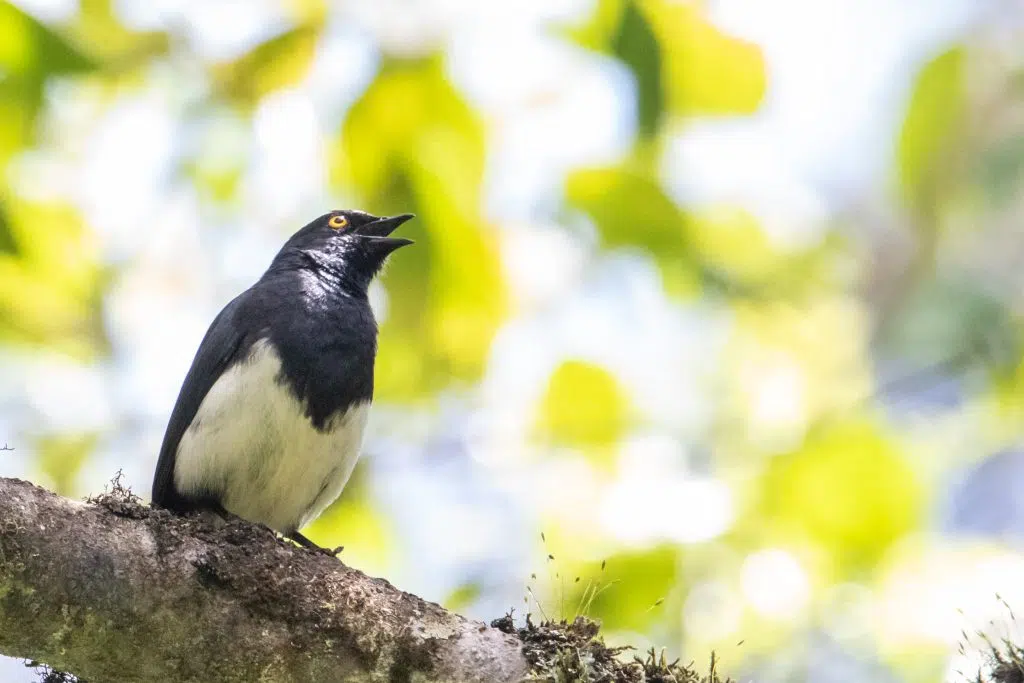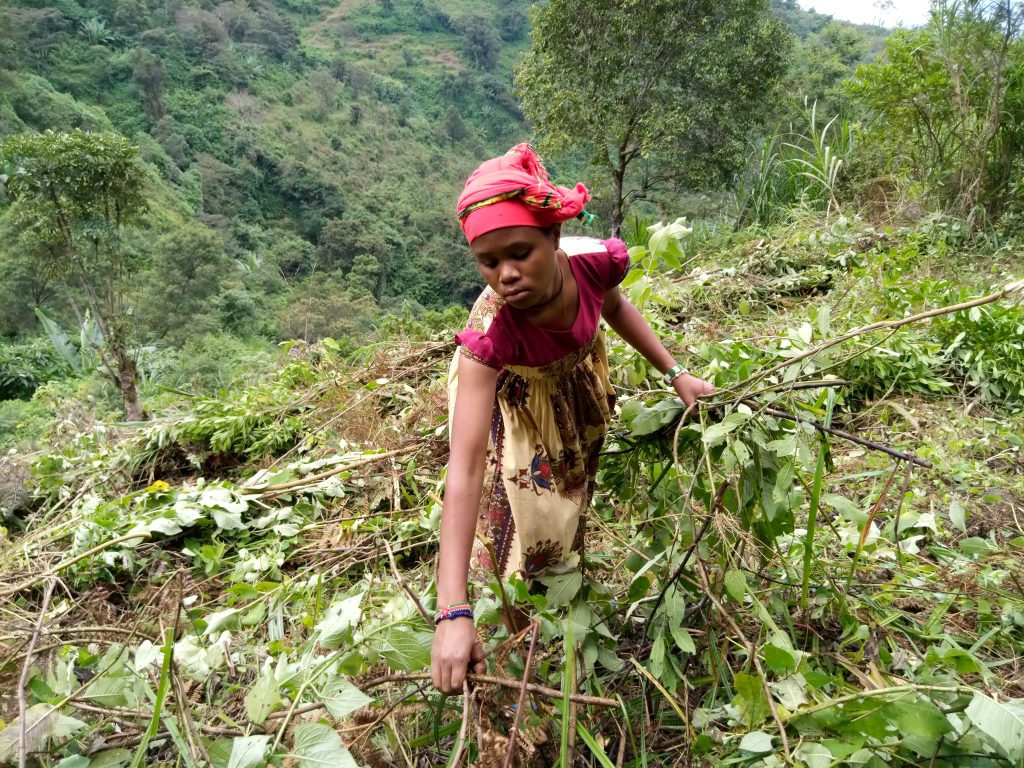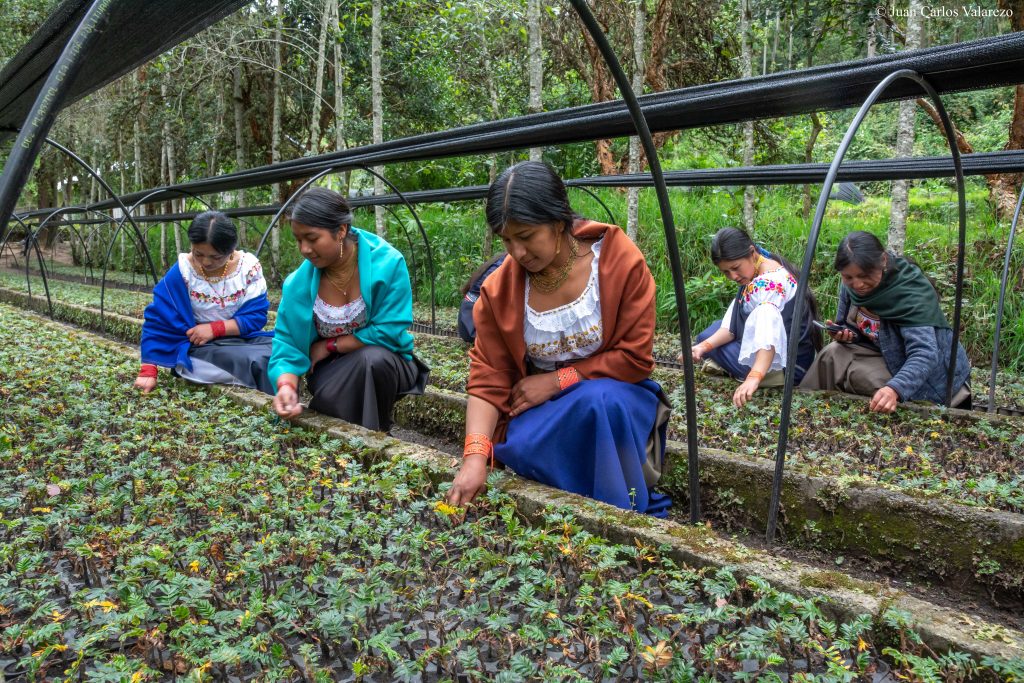Science shows conservation works!

A new study co-authored by BirdLife International scientists and published in the journal Science definitively shows that conservation actions are effective at halting and reversing biodiversity loss.
With everything from evolution, vaccines and the reality of global warming under attack, conservation itself has also fought to become widely accepted and broadly integrated in our societies, economies and values. But a new study co-authored by BirdLife International scientists and published in the journal Science definitively shows that conservation actions are effective at halting and reversing biodiversity loss.
This first-of-its-kind study, looking around the globe from the islands of Florida, the forests of the Amazon and the Congo basin, to the rivers of the Asian plateaus, went beyond just focusing on the impact of individual conservation projects. The research was compiled into a meta-analysis of 186 studies including 665 trials, so in both scale and time frame, the study was unprecedented. A very wide range of conservation interventions across the globe and over time were evaluated against outcomes if no interventions had occurred. More than a century’s worth of conservation action and evaluated actions targeting biodiversity were covered.
The meta-analysis found that conservation actions improved the state of biodiversity or slowed its decline in most (66%) of the cases compared with no action taken at all. Furthermore, it was found that when the interventions work, they are highly effective. The diversity of interventions included the establishment and management of protected areas, the eradication and control of invasive species, the sustainable management of ecosystems, and habitat loss reduction and restoration.
Cover Image: Abbotts Starling one of the threatened birds found in Aberdare Forest © Peter-Steward

Examples include:
- Management of invasive and problematic native predators on two of Florida’s barrier islands, Cayo Costa and North Captiva, resulted in an immediate and substantial improvement in nesting success by Loggerhead Turtles and Least Terns, especially compared with other barrier islands where no predator management was applied.
- In the Congo Basin, deforestation was 74% lower in logging concessions under a Forest Management Plan (FMP) compared with concessions without.
- Protected areas and Indigenous lands were shown to significantly reduce both deforestation rate and fire density in the Brazilian Amazon. Outside reserve perimeters, deforestation was 1.7 to 20 times higher and human-caused fires occurred four to nine times more frequently.
- Captive breeding and release boosted the natural population of Chinook Salmon in the Salmon River basin of central Idaho with minimal negative impacts on the wild population. On average, fish taken into the hatchery produced 4.7 times more adult offspring and 1.3 times more adult second generation offspring than naturally reproducing fish.
“Recognising that the loss and degradation of nature is having consequences for societies worldwide, governments recently adopted a suite of goals and targets for biodiversity conservation. This new analysis is the best evidence to date that conservation interventions make a difference, slowing the loss of species’ populations and habitats and enabling them to recover. It provides strong support for scaling up investments in nature in order to meet the commitments that countries have signed up to.”
Stuart Butchart, co-author and chief scientist, BirdLife International
The BirdLife Partnership’s global reach and its scientific research excellence, uniquely enabled the analysis, not limited to:
- Research into the protection and trends in condition of Important Bird and Biodiversity Areas across Africa.
- Investigations into the effects of crop preparation and agricultural-environmental management schemes on wintering and breeding bird populations.
- An assessment of the performance of EU Nature Legislation in protecting target bird species.
Furthermore, the evidence indicates that conservation may becoming more effective over time, as we learn and improve our work.
Once again, the BirdLife Partnership’s world-leading science, playing such a key role in this research, proves the local-to-global scale of our conservation is essential to restoring and increasing biodiversity in the natural world.
